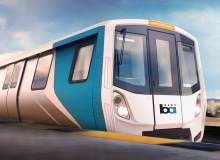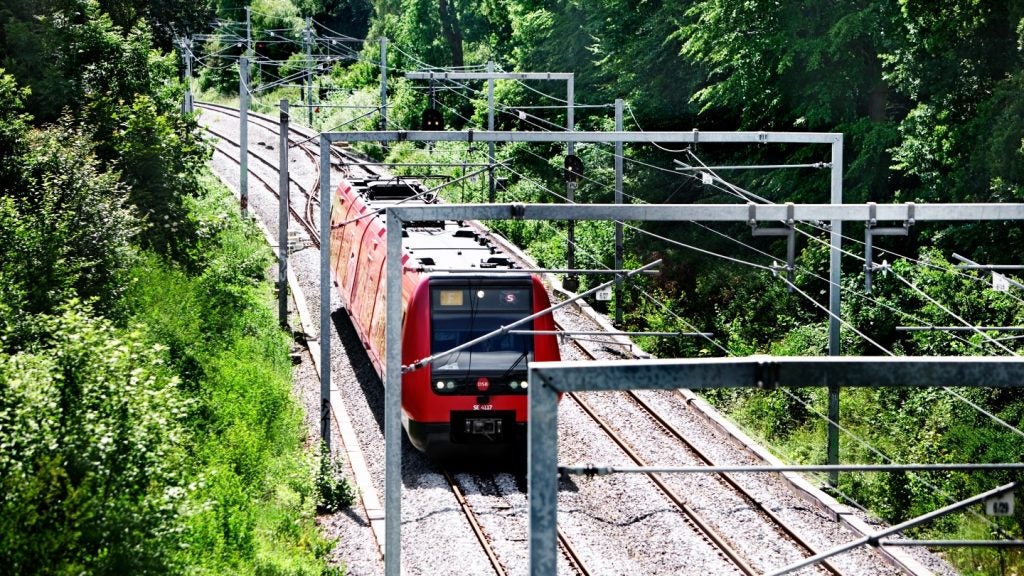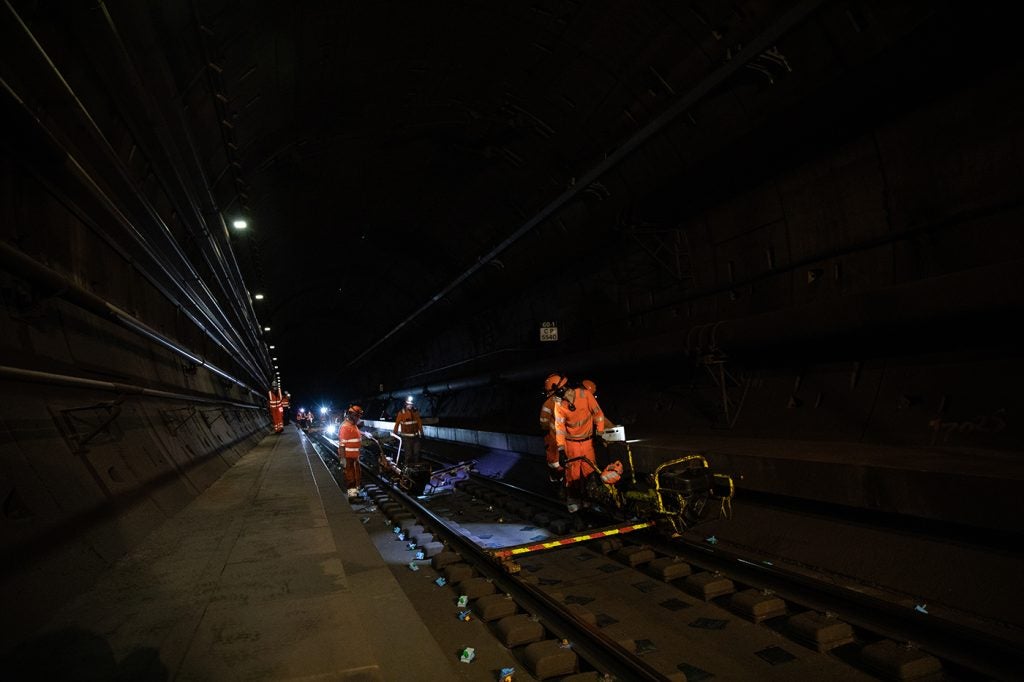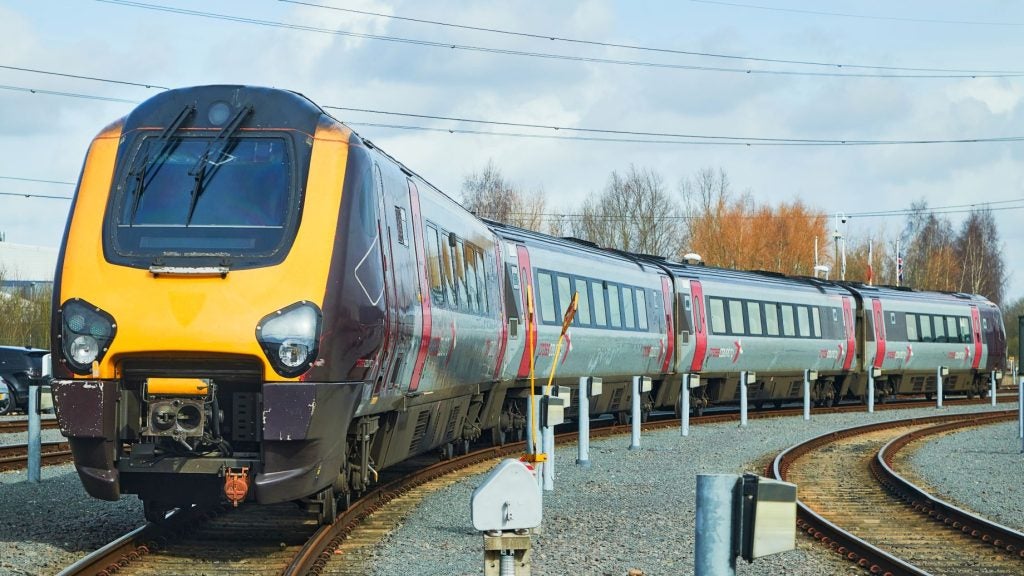

Big changes are underway on San Francisco’s Bay Area Transit System (BART). After beginning service 42 years ago, its original cars are approaching the end of their useful lives and an upgrade has been in the offing for some time. Between 2017 and 2013, the city will see up to 1,000 new cars hit the tracks. Dubbed the ‘fleet of the future’, these cars will feature a slew of improvements, both functional and aesthetic in nature.
Currently, BART runs the oldest big-city fleet in the US. By 2010, its cars had been in use for an average of 30.1 years, as compared to 20.6 for NYCT in New York and 16.9 for SEPTA in Philadelphia. The overwhelming majority of these cars, 439 in total, have been in use since 1972.
Despite being rehabilitated in the late 1990s, many of the older cars are no longer fit for purpose. Along with the additional cars added in 1988 and 1994, they are reliant on archaic technologies and worn-out parts. The strain is being felt across the entire transit system.
Over the last few decades, we have seen dramatic advances in fields such as propulsion, failure monitoring and signage system. Many of the older systems have been phased out accordingly, which in turn complicates the upkeep of the cars. From a passenger point of view, this means unreliable trains and constant delays; for the operators, there are inordinately high maintenance costs.
See Also:
Growing the fleet in line with passenger numbers
The lure of the new, however, is not the only reason for the upgrade. BART’s average weekday ridership has steadily increased, climbing from under 150,000 in 1977 to around 400,000 today. If current trends continue, weekday ridership will hit 500,000 by 2017, and one million by 2048.
How well do you really know your competitors?
Access the most comprehensive Company Profiles on the market, powered by GlobalData. Save hours of research. Gain competitive edge.

Thank you!
Your download email will arrive shortly
Not ready to buy yet? Download a free sample
We are confident about the unique quality of our Company Profiles. However, we want you to make the most beneficial decision for your business, so we offer a free sample that you can download by submitting the below form
By GlobalDataFrance’s national railway company SNCF reported a 74% drop in net profit for the first half of 2014.
This increase in capacity is significant. More train cars are required to meet projected demand and reduce overcrowding – a state of affairs the average rush-hour commuter will understand only too well. BART’s latest project will bring in 775 new cars initially, with the goal of obtaining enough funding to extend the fleet to 1,000.
Designing the future with real-world insights
The fleet of the future was dreamed up by DesignWorksUSA, a subsidiary of BMW Group. Since BART had already performed a careful assessment of rider demographics, and had reams of data at its disposal, the firm was strongly placed to incorporate real-world insights into its design.
To begin with, it came up with three design concepts and solicited customer feedback, asking hundreds of members of the public which they favoured. Overwhelmingly, the preference was for the ‘social interaction’ concept – an open, airy car that emphasises spaciousness over seating. With a large, lounge-like empty space in the middle, the design has plenty of room for standing passengers, not to mention bikes.
Thousands of customers provided input during this phase. Guided by passenger surveys, DesignWorksUSA created a quiet, cool, comfortable, functional car, with micro-plug doors to seal out noise, advanced cooling systems and wipe-clean seats. No aspect went unchallenged, with customers sharing thoughts on everything from the handrails to the colour scheme.
Testing and feedback: Bombardier prepares for roll-out
The final design was passed onto Bombardier, which was contracted in 2012 to turn the concept into a train. After removing a few features that would have veered beyond BART’s budget, the manufacturer created a full-scale sample car to show to the public.
Out of the 17,000 people who viewed this model between April and May 2014, 7,666 completed surveys. Encouragingly, the majority rated every attribute as ‘excellent’ or ‘good’, giving particularly strong ratings to the exterior experience. Bombardier made some final tweaks and then moved on into the pilot phase.
If everything goes according to plan, the company will deliver ten train cars next summer for testing purposes. These will spend 18 months running on test tracks throughout the system, with every aspect of performance heavily scrutinised. Once the cars have been validated and verified, manufacturing can begin, and the first 140 fully operable cars are due for delivery in 2017.
Between 2018 and 2021, production will increase and 16 new cars will be added every month. As the new cars are rolled in, the original cars will be phased out, meaning the operator is heading for a transitional phase which combines the old with the new, the historical with the forward-thinking. By September 2021, when the final batch of 59 cars arrives, the fleet of the future will be fully up and running.
Long-term focus on energy efficiency
It is imperative that this fleet serves the needs not just of today’s riders, but also of those in the decades ahead. Given the longevity of a typical car, a train should be designed with future generations in mind, and due consideration must be given to factors such as long-term sustainability.
High-speed rail in the US is languishing in the doldrums, leaving important regions like the Northeast Corridor (NEC) underserved.
BART is working with Bombardier to ensure its cars minimise pollution, energy use and unnecessary expense, from the first day of production to the day they are eventually retired. As per the old fleet, these trains are 100% electric and derive over two thirds of their power from clean hydro and renewable sources.
Additionally, the new cars will be at least 7% more efficient than their predecessors, largely through virtue of an improved braking system. They will incorporate long-lasting LED lights, energy-saving heating and cooling systems and anti-static flooring. The exterior, meanwhile, is constructed from aluminium, which is easily recyclable, lightweight and rust-resistant.
The final part of the puzzle, which has yet to fall into place, is the user experience. With an increased capacity and improved functionality, there is no doubt these trains have been designed with human factors in mind, but only further testing will tell us for sure.
What will the fleet of the future mean for the passengers of the future? Soon enough, San Francisco will find out.







